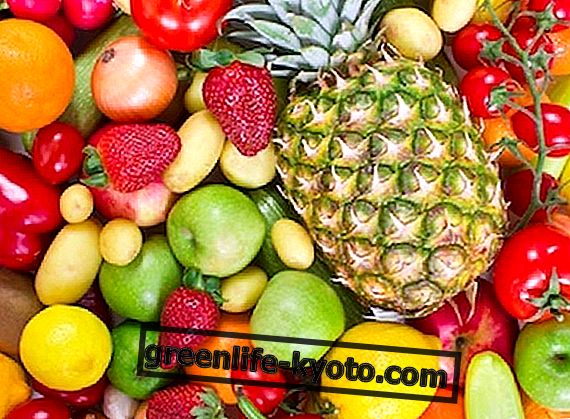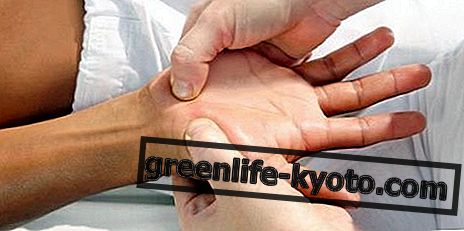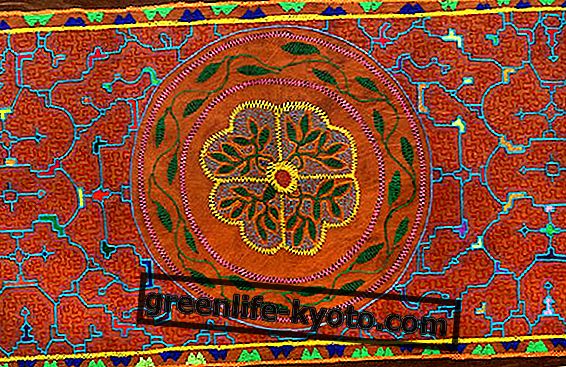
The institution we call WHO in Italy (from the World Health Organization) is an agency of the United Nations that since 1948 has been working to maintain the health and general well-being of the world's population at the best possible level.
This research monitors and expresses itself in the matter of diseases and lifestyles that move the balance of negative mortality.
The IARC (International Agency on Research of Cancer) is the branch specialized in research and monitoring of cancer that recently issued the famous statement on the carcinogenicity of red and processed meat (sausages, creams, canned meat, burger, etc. ).
The WHO is therefore an international body, which must find the maximum collaboration in all the nations belonging to the UN.
Content of the WHO press release on meat consumption
Beyond all the foreseeable alarmism and misunderstanding, what did the WHO communicate? He announced that, after numerous studies, red meat and processed meat are included in the notorious "Group 1" and "Group 2", or the list of substances that increase the risk of developing cancer (specifically, the colon), with suspicions of stomach cancer).
The meat processed is in Group 1, that of carcinogenic substances for humans, while red meat is in Group 2, that of substances that create a high risk of developing cancer.
Through a publication in the authoritative medical weekly The Lancet, the WHO was very precise in the data: 50 grams per day of red meat or processed meat are enough to increase the tumor onset by 18%. Many have risen thinking that it is exaggerated to compare red meat with cigarettes and asbestos, but this comparison is an erroneous reading of the data and an exaggerated interpretation of the statement: all the substances that are part of Group 1 increase the onset of cancer but not all do it with the same strength, therefore it is correct to place red meat in the same category as tobacco but this does not mean comparing the two substances: they are not equally dangerous .
This effect of red meat, which - it is good to remember - includes beef, sheep, pork, goat, horse, had already been emphasized by numerous other studies, but never until now had been supported and taken up by an international institution of WHO level.
Food and nutrition as a prevention of all diseases
Reactions and repercussions
The reactions of public opinion, of some categories of workers and certain lobbies did not wait. More than one government has asked for clarifications on the subject, pretending to read the text of the studies but the WHO has announced that this text will be available from mid-2016, although the results communicated are official.
Other governments have long since realized the relationship between consumption of red meat and the onset of cancer, but also the terrible environmental impact caused by animal breeding for food, so much so that in countries like the Netherlands, groups of scientists are mobilizing to convince many governments to minimize the livestock sector (the first cause of methane pollution in the world) and consequently the consumption of meat (among the top four causes of colon cancer).
The meat producers' lobby is, as is known, very powerful and in the past, at the turn of the 70s and 80s, its pressures silenced many authoritative researches, not guaranteeing it the support of the WHO.
Now it seems that the time is ripe to start a global social change, giving up a dangerous and counterproductive food system because it increases the risk of the onset of serious diseases and exacerbates air pollution and water consumption, thus generating more costs in the end terms of health and the environment that merely economic gains.
Being Italy a member of the UN, a similar press release would theoretically induce it to remove red meat and processed meat from schools, hospitals, public canteens, and so on.
Some people have tried to throw water on the fire to avoid alarmism, but divert attention from the central theme of the WHO statement: some have gone out of their way to guarantee that Italian red meat has none of the harmful substances found in the meat from abroad where the checks are minor and milder; this is partly true, in the sense that if it is true that Italian meats are among the most stringent controls in the world, this does not mean that all red meats increase the onset of certain forms of cancer, regardless of the substances used for to preserve, flavor or work the meat, which may eventually increase the power already present in meat.












